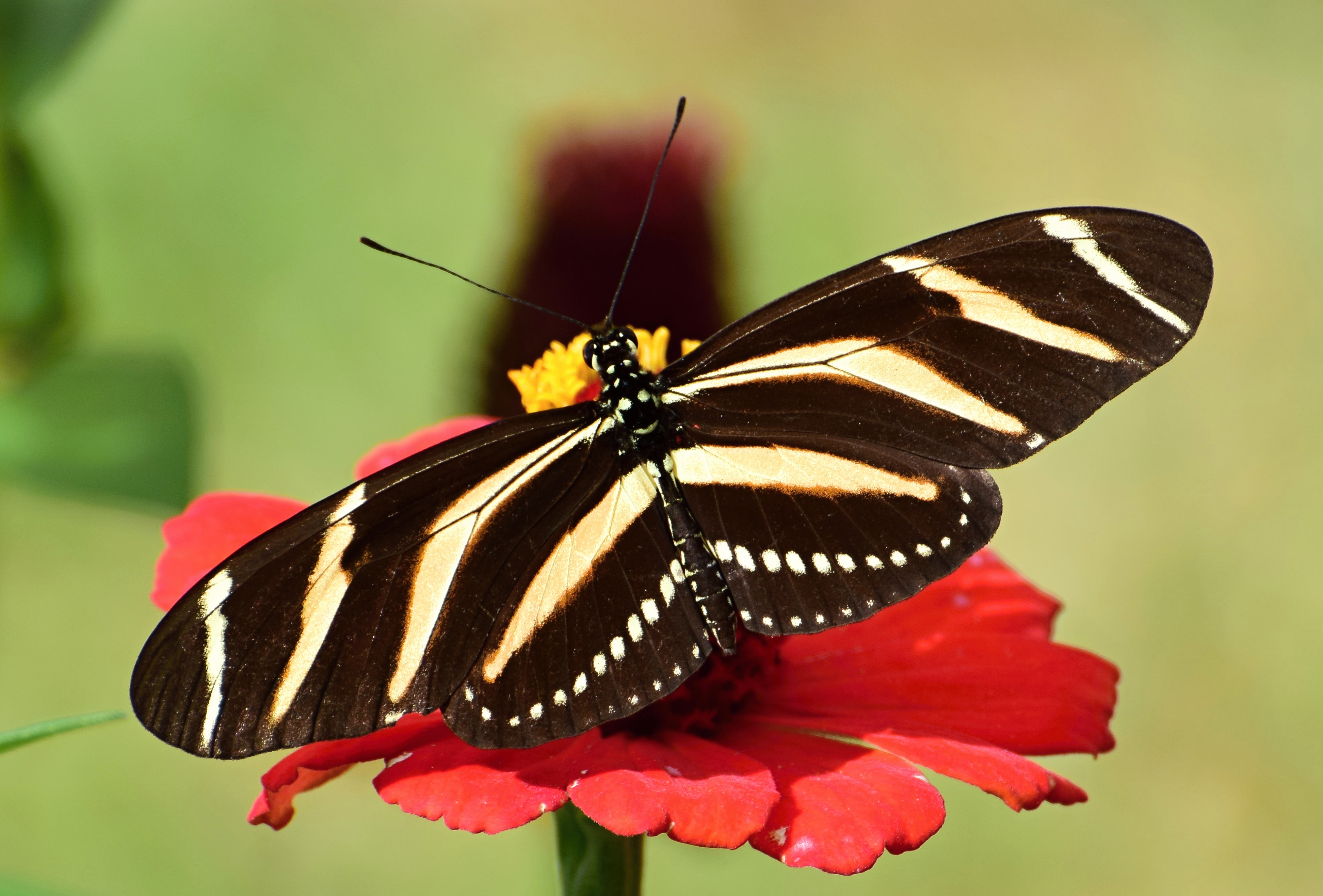Page 1 of 1
Papilio anchisiades
Posted: Sun Nov 06, 2022 8:04 pm
by 58chevy
Re: Papilio anchisiades
Posted: Mon Nov 07, 2022 3:55 pm
by Chuck
Awesome to stumble across. I see there are three records from Austin and one from San Antonio.
https://www.inaturalist.org/taxa/205140 ... nchisiades
Re: Papilio anchisiades
Posted: Mon Nov 07, 2022 6:14 pm
by 58chevy
There are numerous records from the Lower Rio Grande Valley. About 30 years ago I saw one at the Sea World butterfly garden in San Antonio.
Re: Papilio anchisiades
Posted: Mon Nov 07, 2022 6:30 pm
by livingplanet3
That's a beautiful species that I hope to see someday!
Apparently, it's been sighted as far north as KS, though strays seem to be quite rare beyond Central TX. I believe the only tropical butterfly strays I've ever encountered here in North TX were Anteos clorinde (one specimen, ca. 1985), and Heliconius charithonia (multiple sightings, ca. 1995).


Re: Papilio anchisiades
Posted: Tue Nov 08, 2022 11:27 pm
by 58chevy
I captured one A. clorinde in San Jacinto Co, TX (near Cleveland, TX) around 2005 or so. H. charitonia was common in the Houston area for about 6 years in a row, but they disappeared after a cold winter and haven't been seen in the area since (as far as I know).
Re: Papilio anchisiades
Posted: Thu Nov 10, 2022 9:49 am
by nomihoudai
Was the cold winter the winter of 2020-21? I was in Florida at that time and a cold spell came in and killed off the Bismarckias (Bismarckia nobilis). Later we had the Blizzard in Texas and we had lost power.
I had seen H. charitonia in Houston (2015) I think, and I have seen it a few times in Florida (2013/2020). It's always nice seeing them fly around with their slow-paced flight. I'm not a 100% sure but I think I also came across an odd specimen or two in the DFW area.
Re: Papilio anchisiades
Posted: Thu Nov 10, 2022 5:33 pm
by 58chevy
I think it was the winter of 2011 that killed off the H. charitonia. They could still be found along the Gulf coast near Houston after that, but I never saw any more than a few miles inland.
